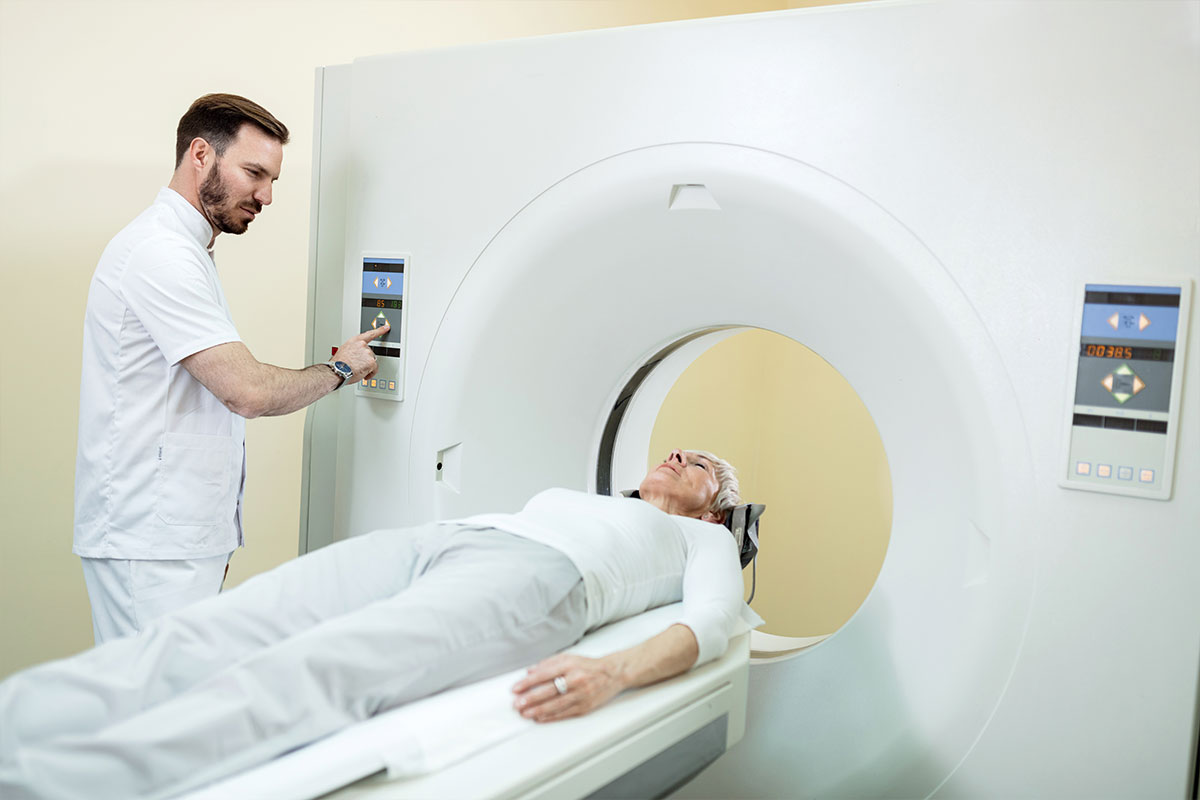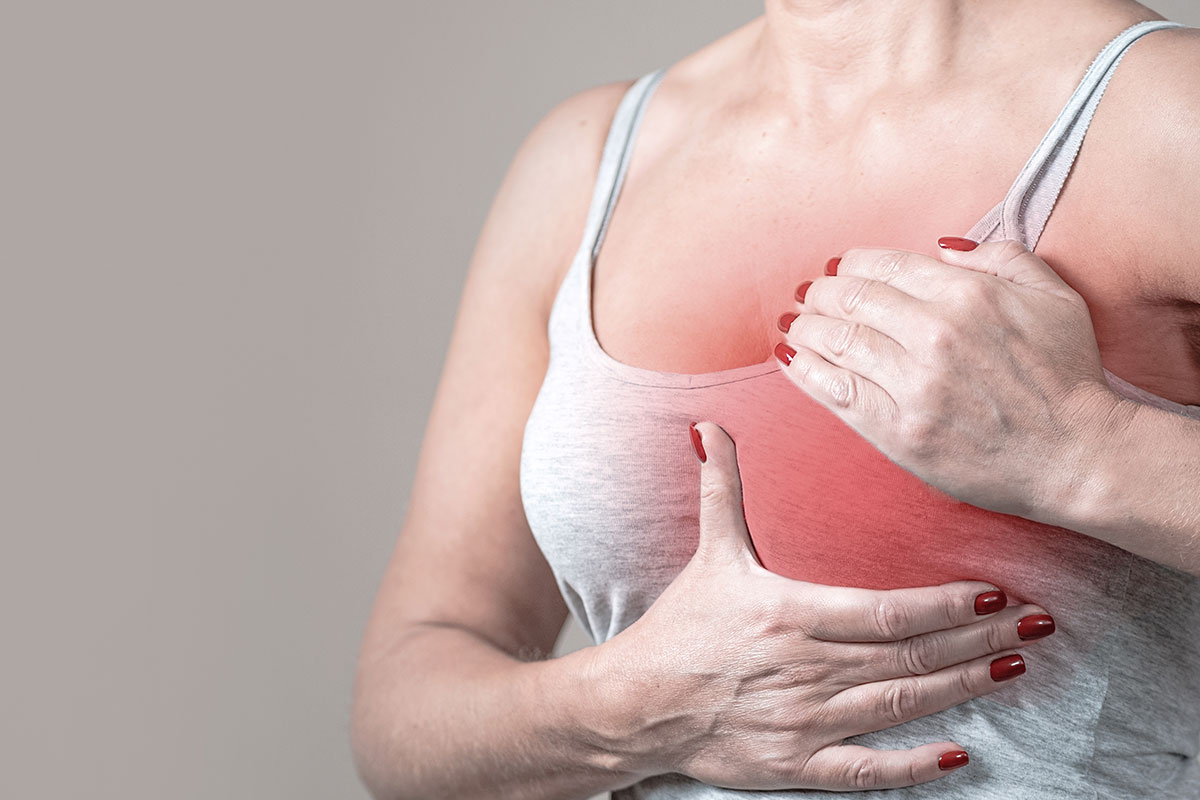
Breast Self-Examination: How to Perform & What to Look For?
By Dr. Piyusha Kulshrestha in
Nov 23, 2022
Breast cancer is the deadliest and most prevalent cancer for women. In 2020, 685 000 deaths occurred globally due to breast cancer, while more than 7 million women were diagnosed with the disease. The statistics may be disturbing, but the good news is that breast cancer patients have a survival rate of over 90%, given that the cancer is detected early.
Early detection of breast cancer increases the chances of survival by many folds. Therefore, doctors recommend regular screenings and tests among women, especially those with high-risk factors, to ensure that the cancer is caught early.
What is Breast Self examination?
Breast self-examination is a way to physically check one’s breasts to look for any changes or lumps. Following a step-by-step method to examine your breasts using your eyes and hands can help you identify any new changes in your breast.
What to Assess during a Breast Self-Examination?
During a breast self-examination, women are advised to look for a recent change in appearance or any new lump. These changes include:
- Inverted nipples
- Any change in appearances like puckering, dimpling, size, shape or symmetry.
- Discharge from either breast. The discharge could be clear, milky, yellow or even bloody)
- Redness, soreness, rash, or swelling
- Any additional change should be discussed with a doctor
How to Perform Breast Self-Examination: Step-by-Step Process
You can perform a breast-self examination in five simple steps:
- Stand in front of the mirror shirtless. Keep your hands on your hips. Visually examine your breasts while keeping your shoulders straight and your arms on your hips. Try to look for any visible changes in the appearance.
- Raise both arms above your head and continue to look for any abnormalities in the appearance.
- Next, examine the nipple to detect any unusual discharge,
- Following that, lie down on a flat surface. You will examine your breast using your hands now. Keep your fingers flat and examine the entire breast using a circular motion. Use your right hand to examine your left breast while keeping your left arm raised, so the elbow rests on your forehead. Do the same on the opposite side. Be sure to cover the entire breast. Use pressure to ensure you can feel every part of the breast till the deepest tissue. When you reach the deepest part, you should be able to feel your rib cage.
- Examine the breast with your hands while sitting and standing, and look for any solid mass or lump. You can do this in the shower, as examining wet and slippery breasts is easier.
You should repeat this process monthly.
Are Breast Self-Examinations Useful in Detecting Breast Cancers?
Based on certain studies that concluded breast self-examinations might not be effective in identifying early cancers, the American Cancer Society stopped recommending breast self-exam as a screening tool for women who are at average risk of breast cancer. There has always been a debate among doctors about whether breast self-examination is an effective cancer detection tool.
However, breast self-examination can be effective when regularly performed combined with regular checkups and screenings by the doctor. Also, it is a no-cost screening tool; therefore, all women must know how to perform a breast-self exam.
When to Perform a Breast Self-Examination?
Breast self-examination must be performed at least once every month. Post-menopausal women can choose any date to do a self-exam. Menstruating women must perform a breast self-examination every day after their periods are over every month.
What to do if you Feel a Lump During Breast Self-Examination?
If you notice a lump or any new change in the breast, do not panic. Most women have lumpy breasts, and most lumps are benign. However, be sure to schedule an appointment with your doctor. Let the doctor perform a breast exam and any other screening he deems necessary.
How does a doctor detect Breast Cancer?
Breast cancer can be detected through a series of physical exams, breast screenings, ultrasounds, and diagnostic biopsies. Common procedures include the following:
- Physical Breast Exam: In a physical exam, the doctor essentially checks for lumps and abnormalities in the breast & the lymph nodes in the armpit.
- Mammograms: This is the common tool used for breast cancer detection. These are essentially X-rays done for the breast. Any abnormality detected in a mammogram will have to be further evaluated through diagnostic mammograms and other tests to see if the lump is actually breast cancer.
- Ultrasound: If a lump is detected in a mammogram, the doctors may perform an ultrasound to check if the lump is a solid mass or a fluid-filled cyst.
- Breast Magnetic Resonance Imaging (MRI): MRIs are also common screening procedures that help create pictures of the breast’s interior.
- Biopsy: Doctors will finally need to examine the tissue from the suspicious area in a laboratory to diagnose breast cancer. Tissue from the area is removed through a needle and sent for lab testing to determine if the cells are cancerous.
Conclusion
Knowing every inch of your breast & what is normal to them and performing regular self-examination can help identify any new changes. However, this should be a part of more complete regular breast checkups at the doctor as self-examination may not be effective in identifying early cancers.







